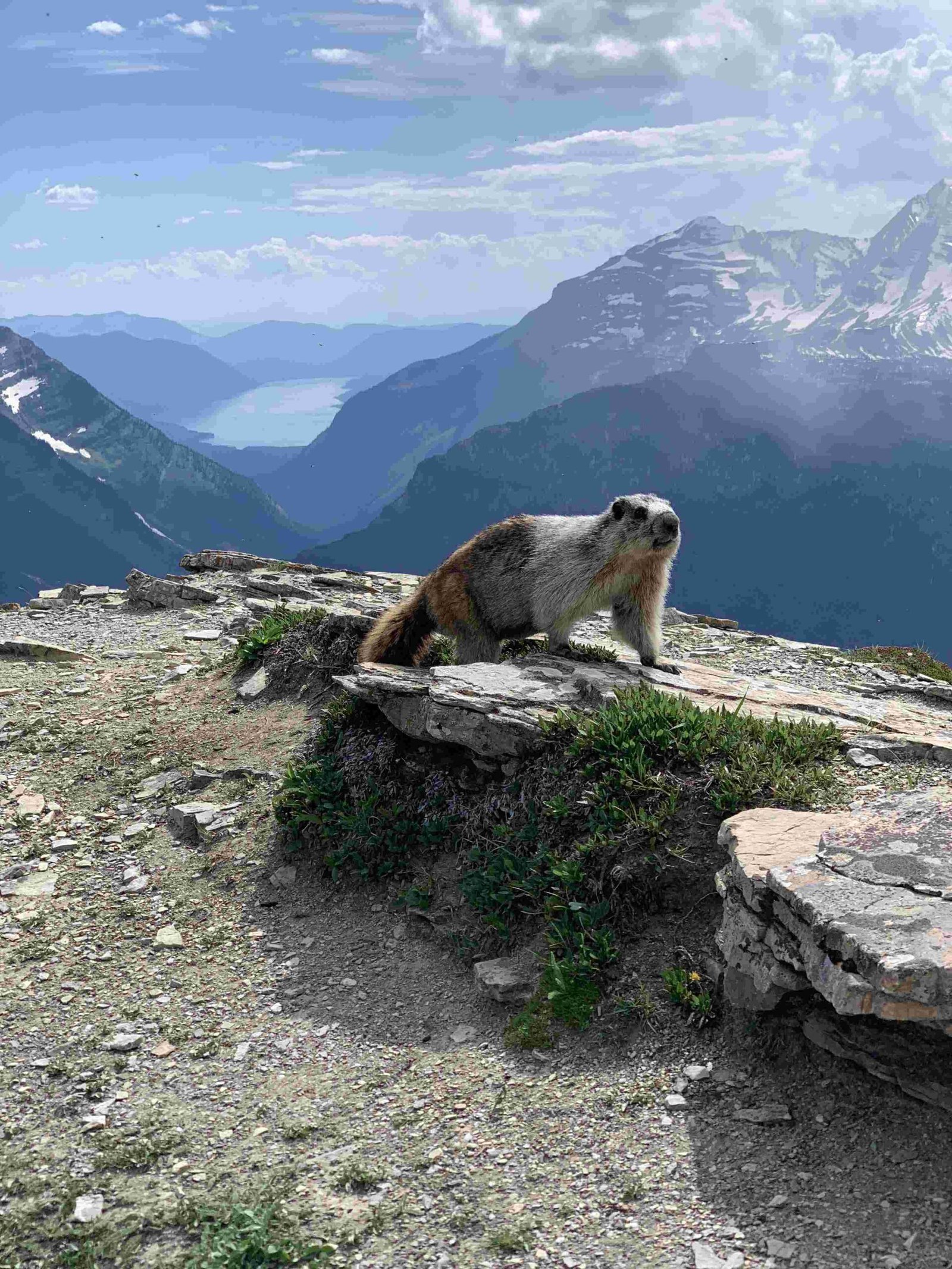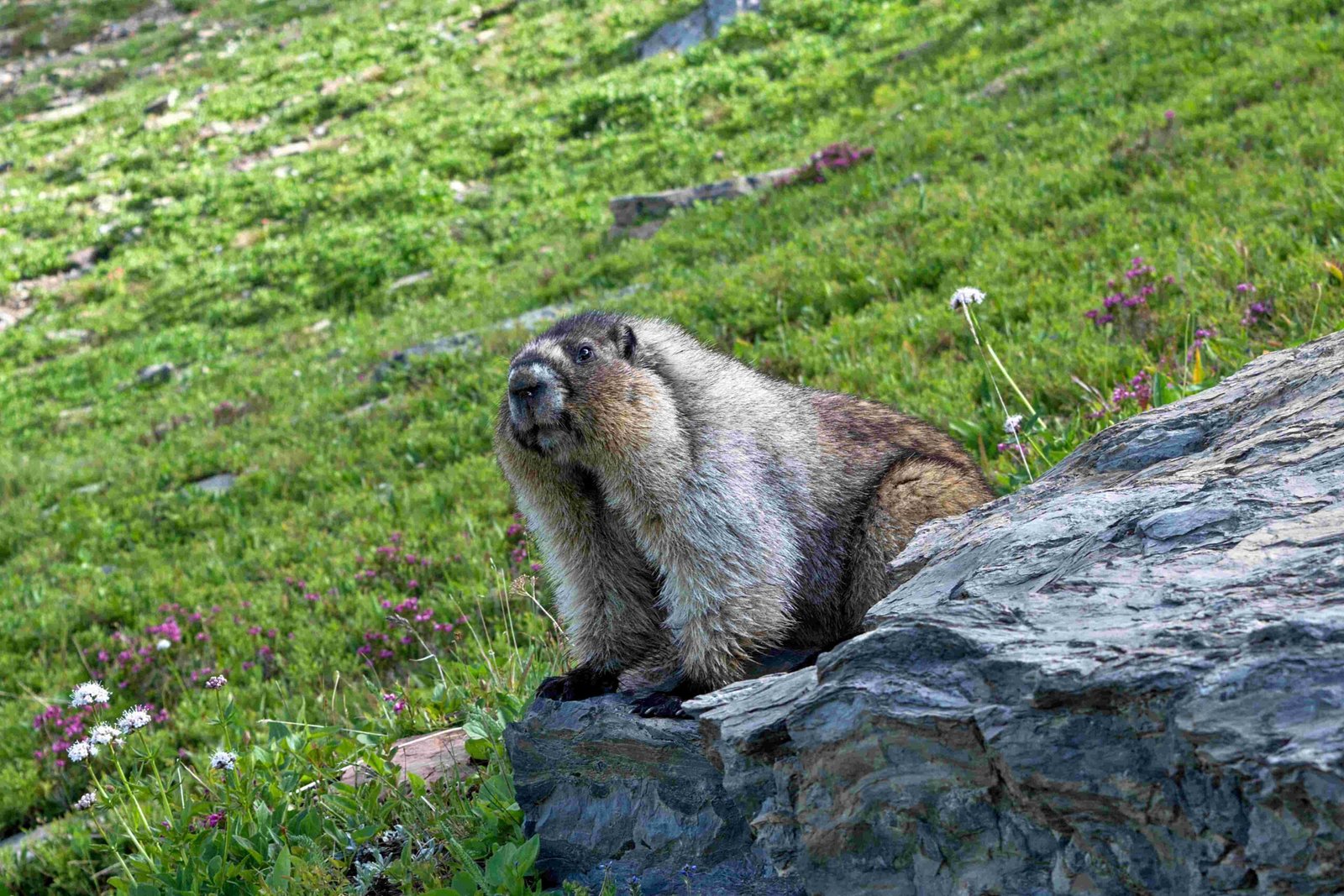Glacier National Park is renowned for its extensive sedimentary rock formations, which are part of the Belt Supergroup dating back over a billion years. These rocks, including limestone, argillite, and quartzite, tell a fascinating story of ancient seas, tectonic forces, and the evolution of life on Earth. The park’s sedimentary strata showcase unique features like stromatolites, mud cracks, and ripple marks, offering visitors a glimpse into Earth’s distant past.
What Are the Main Sedimentary Rock Formations in Glacier National Park?

Glacier National Park boasts several distinct sedimentary rock formations, each with its own characteristics and geological history:
- Altyn Formation:
- Age: Approximately 1.2 billion years old
- Composition: Primarily limestone
- Color: Light gray to white
-
Thickness: Varies, but significant
-
Appekunny Formation:
- Composition: Green argillite and quartzite layers
- Thickness: 530 to 690 meters
-
Notable features: Mud cracks and ripple marks
-
Grinnell Formation:
- Color: Bright red
- Composition: Argillite with significant quartzite content
-
Thickness: 530 to 790 meters
-
Siyeh (Helena) Formation:
- Notable features: Bold cliffs and mountain tops
- Fossil content: Abundant stromatolites
-
Age: Slightly less than a billion years old
-
Shepard Formation:
- Location: Exposed at the highest peaks around Logan Pass
- Composition: Dolostone, siltstone, argillite, limestone, and quartzite
How Were These Sedimentary Rocks Formed?

The sedimentary rocks in Glacier National Park were formed through a complex process spanning over a billion years:
- Deposition: Sediments were deposited in ancient shallow seas that covered the area.
- Compaction and Cementation: Over time, these sediments were compressed and cemented together to form solid rock.
- Tectonic Activity: The Lewis Overthrust Fault pushed older rocks over younger ones, creating the unique layering seen today.
- Erosion and Weathering: Glaciers, water, and wind have shaped the landscape, exposing different rock layers.
What Unique Features Can Be Observed in These Sedimentary Rocks?
The sedimentary rocks in Glacier National Park exhibit several fascinating features:
- Layering: Distinct horizontal layers representing different periods of deposition
- Color Variations:
- Green (Appekunny Formation): Due to chlorite mineral
- Red (Grinnell Formation): Result of iron oxidation
- Light gray to white (Altyn Formation)
- Sedimentary Structures:
- Mud cracks
- Ripple marks
- Cross-bedding
- Fossils: Primarily stromatolites in the Siyeh Formation
What Fossil Evidence Exists in Glacier National Park’s Sedimentary Rocks?
The sedimentary rocks in Glacier National Park contain valuable fossil evidence:
- Stromatolites:
- Location: Abundant in the Siyeh (Helena) Formation
- Significance: Indicate presence of ancient life forms
-
Age: Nearly a billion years old
-
Other Fossils:
- Types: Traces of ancient sea animals and plants
- Location: Embedded in limestone and other sedimentary rocks
- Importance: Help reconstruct geological history and paleoenvironment
How Can Visitors Learn About the Sedimentary Rocks in Glacier National Park?
Glacier National Park offers various educational opportunities for visitors interested in its sedimentary rocks:
- Ranger-led Programs:
- Types: Guided walks, talks, and campfire programs
- Topics: Include geology and rock formations
-
Cost: Generally free or low-cost
-
Geology Tours:
- Leaders: Park rangers or external organizations
- Duration: Range from short walks to multi-day field trips
-
Focus: Specific geological features and formations
-
Visitor Centers:
- Locations: Throughout the park
-
Offerings: Exhibits, information, and educational materials about park geology
-
Self-Guided Trails:
- Availability: Several trails with interpretive signs explaining geological features
- Accessibility: Varies from easy walks to strenuous hikes
What Is the Significance of Sedimentary Rocks in Glacier National Park?
The sedimentary rocks in Glacier National Park are significant for several reasons:
- Geological Record: They provide a detailed record of Earth’s history spanning over a billion years.
- Paleoenvironmental Insights: The rocks offer clues about ancient environments and climate conditions.
- Tectonic History: The layering and faulting reveal the complex tectonic history of the region.
- Biodiversity: The varied rock types contribute to the park’s diverse ecosystems and habitats.
- Scenic Beauty: The colorful and dramatic rock formations create the park’s iconic landscapes.
- Scientific Research: These rocks continue to be a valuable resource for geological and paleontological studies.
By exploring and understanding the sedimentary rocks in Glacier National Park, visitors can gain a deeper appreciation for the Earth’s long and complex history, as well as the forces that have shaped our planet over billions of years.
References:
1. NPS History – Rocks and Glaciers
2. Geology and Landforms – Glacier National Park
3. Stratigraphy – Historical Geology – OpenGeology
4. Glacier National Park – Official Website